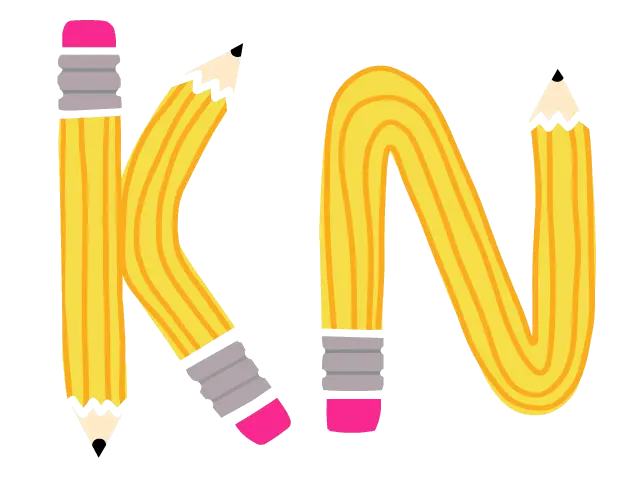What is Airbrush Design?
Airbrush design is a specialized art form utilizing a compressed air tool to spray paint or ink onto a surface. This technique allows for a smooth and even application, making it ideal for creating gradients, subtle transitions, and intricate details. Since its invention in the late 19th century, airbrush design has expanded beyond traditional art. Today, it influences diverse fields such as automotive art, custom apparel, makeup artistry, and digital design. At its core, airbrush design merges artistic creativity with technical skill, offering designers a versatile tool to manifest their imaginative visions.
Key Takeaways
- Airbrush design involves using a compressed air tool to apply paint or ink with precision and smoothness.
- It is a highly versatile technique used across various industries, including automotive art and fashion.
- Airbrush design allows for creating gradients and fine details that are difficult to achieve through conventional painting techniques.
- It requires a blend of artistic flair and technical expertise, making it a complex yet rewarding skill for designers and artists.
Applications of Airbrush Design
The use of airbrush design spans a multitude of applications, each requiring a unique approach and level of skill. In the automotive sector, airbrushing can transform ordinary vehicles into stunning works of art with complex murals or graphics. In fashion, airbrushing is frequently employed to create custom designs on clothing, shoes, and accessories, adding an extra layer of personalization and innovation to wearables. Additionally, in the beauty industry, airbrush makeup provides a flawless finish that is both long-lasting and flexible for varied cosmetic needs.
Tools and Techniques in Airbrush Design
Mastering airbrush design necessitates familiarity with various tools and techniques. The fundamental tool is the airbrush itself, available in different types—single-action and double-action—each offering varying degrees of control over paint flow and air pressure. Artists and designers must also understand the types of paints and inks suitable for different surfaces and effects. Technique-wise, mastering the balance between distance, angle, and pressure is crucial to achieving desired results, whether in creating richly textured backgrounds or ultra-fine details.
The Bottom Line
Airbrush design is a significant component of the contemporary art and design landscape. Its importance lies in its ability to unify artistic expression with precision technology, broadening the scope of what is creatively possible. For designers, mastering airbrush techniques can lead to enhanced effects in their work, setting their designs apart in competitive markets. Moreover, clients seeking to incorporate unique and customized elements in their projects can leverage airbrush design to achieve visually compelling and distinctive outcomes. In sum, airbrush design is both an artistic and practical asset in any designer's toolkit.
















